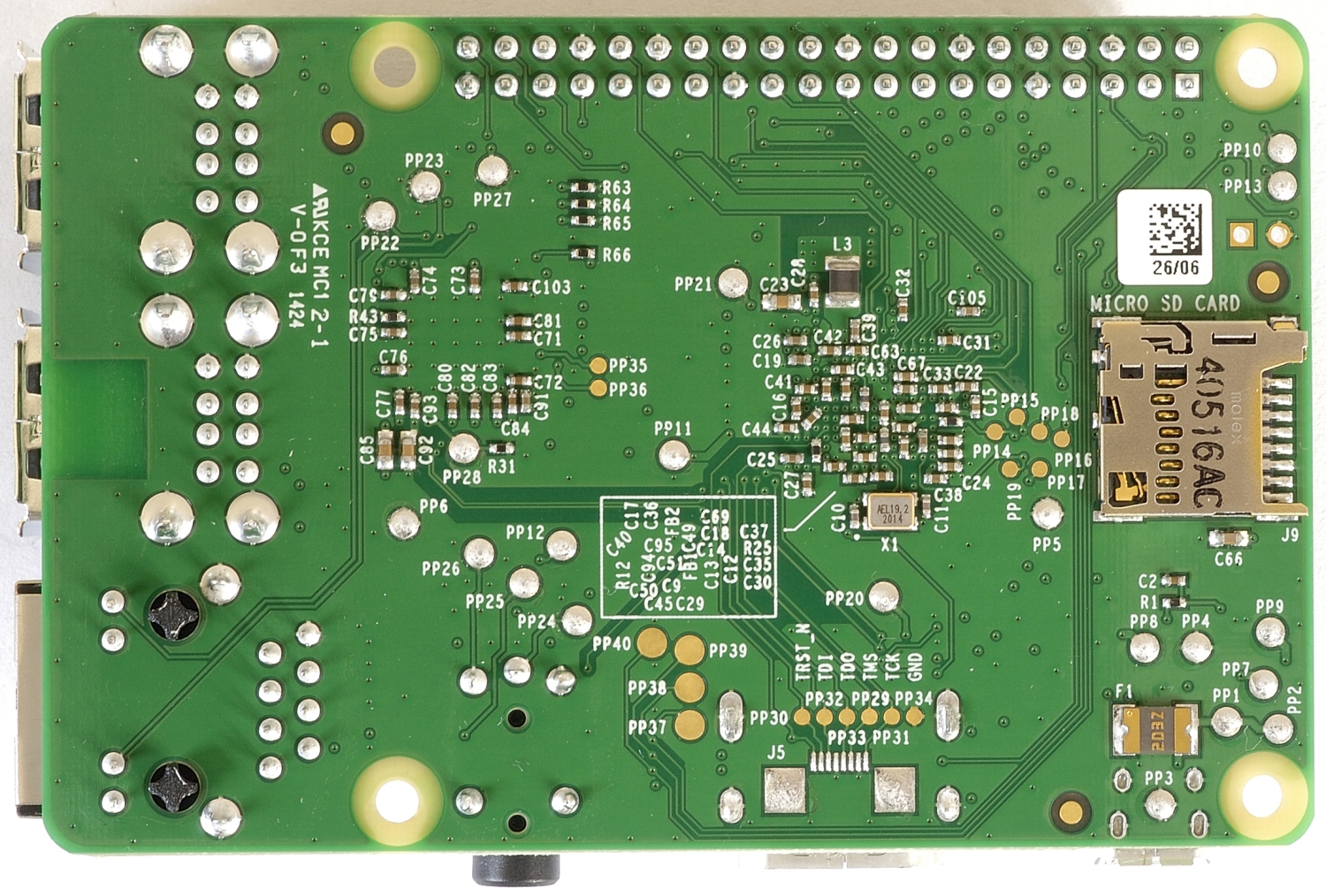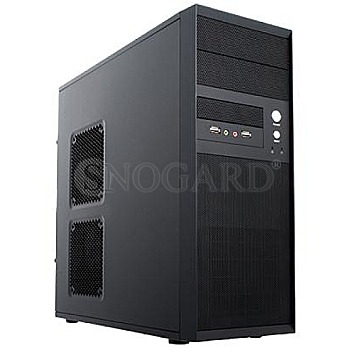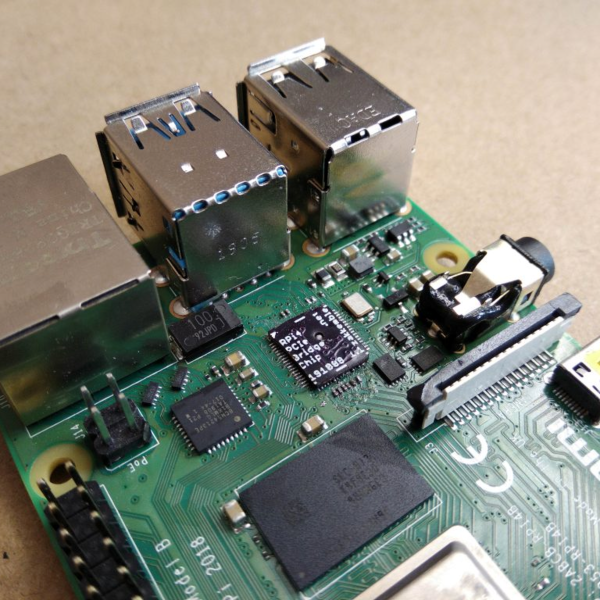Raspberry Pi Slots
- Raspberry Pi Zero Slots
- Raspberry Pi Slot Car Lap Timer Instructions
- Raspberry Pi 4 Slots
- Raspberry Pi Slot Machine
After some wiggling of the PCIe slot, the raspberry Pi booted, but no devices were shown when running lspci (lspci can be installed via apt-get). The third attempt, however, after some professional wiggling of the PCIe slot, resulted in success! A booted Pi, with a PCIe switch! The Raspberry Pi itself is about the size of a credit card, but it only has a standard full sized SD card slot. When you plug in a standard full sized SD card into it, the card sticks out of the outline of the Raspberry Pi, making the overall size slightly larger. The Turing Pi also has flexibility for boot options: each of the seven slots gets a microSD slot attached, and four of them have dedicated USB 2.0 ports; the 1st, 2nd, 4th, and 6th slots. Since the Compute Module gives eMMC storage as an option, you can choose from three different ways to boot the Pi, depending on how much you want to spend.

Raspberry Pi enthusiasts interested in learning more about using the new Raspberry Pi Compute module with external graphics cards may be interested in a new video created by Raspberry Pi aficionado Jeff Geerling, who explains a little more about his experimentation below. A couple of graphics cards used in the project include the Zotac Nvidia GeForce GT 710 and VisionTek AMD Radeon 5450.

“After I learned the Raspberry Pi Compute Module 4 IO Board comes with a PCIe slot, I know the first thing I thought about testing was a graphics card. The Mali GPU inside the Pi 4 is decent on its own, but what if you could use external video cards, for mining, for rendering, or for CUDA or other GPU-accelerated computing purposes?”

Specifications of the new Raspberry Pi Compute Module 4
– 1.5GHz quad-core 64-bit ARM Cortex-A72 CPU
– VideoCore VI graphics, supporting OpenGL ES 3.x
– 4Kp60 hardware decode of H.265 (HEVC) video
– 1080p60 hardware decode, and 1080p30 hardware encode of H.264 (AVC) video
– Dual HDMI interfaces, at resolutions up to 4K
– Single-lane PCI Express 2.0 interface
– Dual MIPI DSI display, and dual MIPI CSI-2 camera interfaces
– 1GB, 2GB, 4GB or 8GB LPDDR4-3200 SDRAM
– Optional 8GB, 16GB or 32GB eMMC Flash storage
– Optional 2.4GHz and 5GHz IEEE 802.11b/g/n/ac wireless LAN and Bluetooth 5.0
– Gigabit Ethernet PHY with IEEE 1588 support
– 28 GPIO pins, with up to 6 × UART, 6 × I2C and 5 × SPI

Source : Hackaday
Raspberry Pi Zero Slots
Filed Under: Hardware, Top NewsLatest Geeky Gadgets Deals
Raspberry Pi Slot Car Lap Timer Instructions

Raspberry Pi 4 Slots
Disclosure: